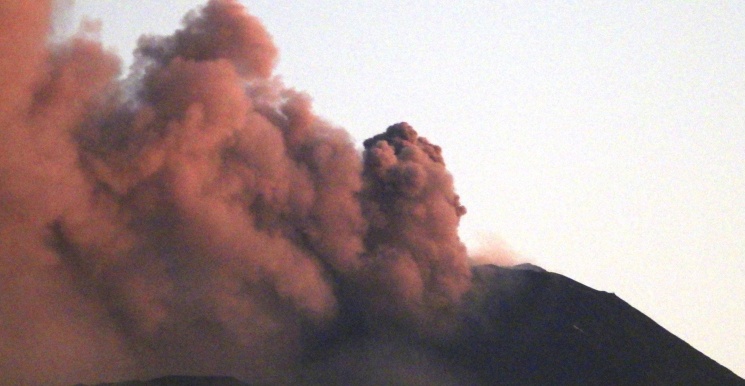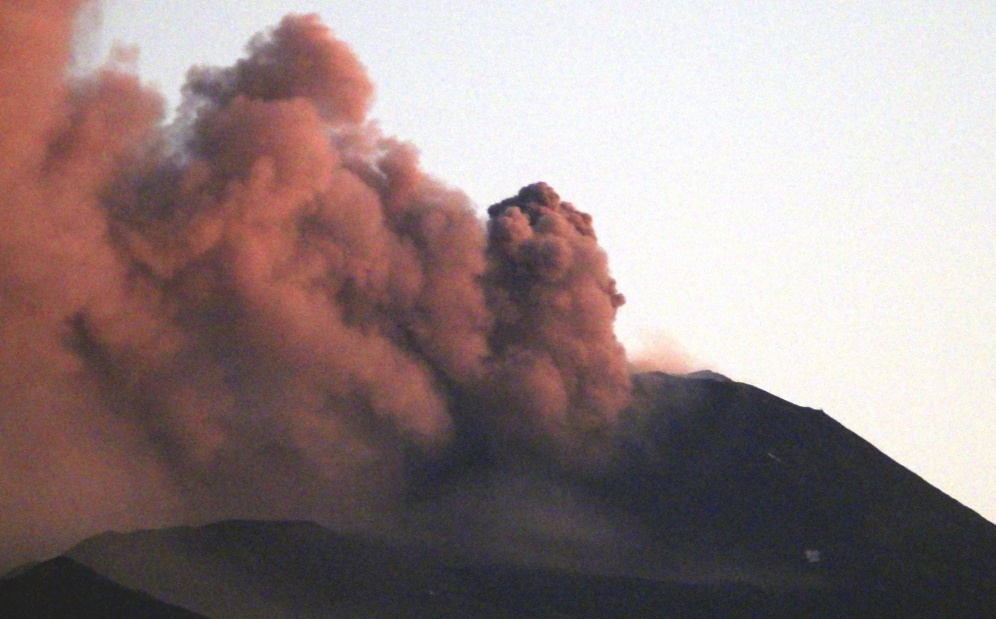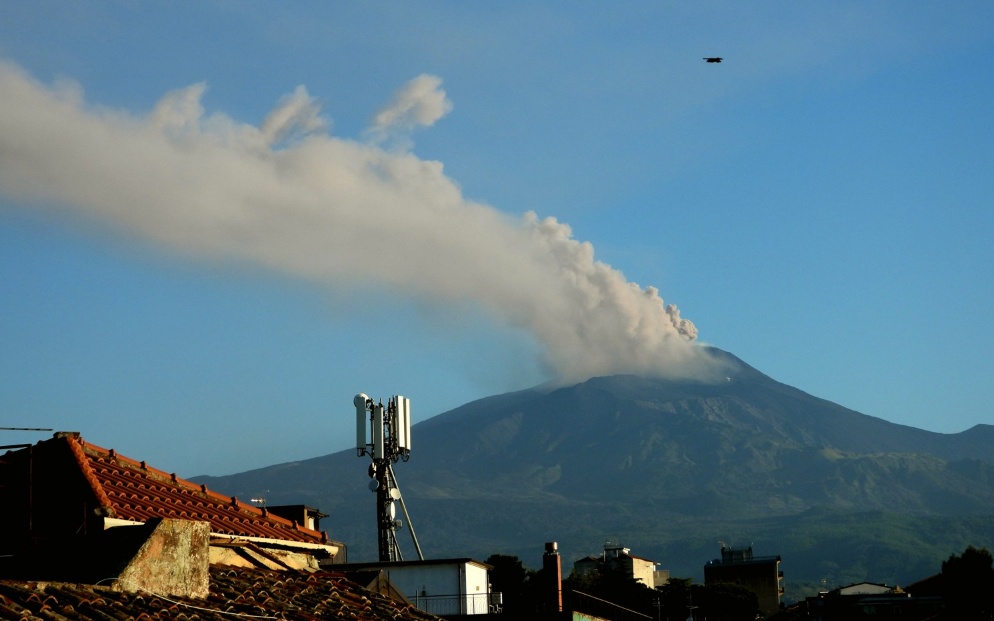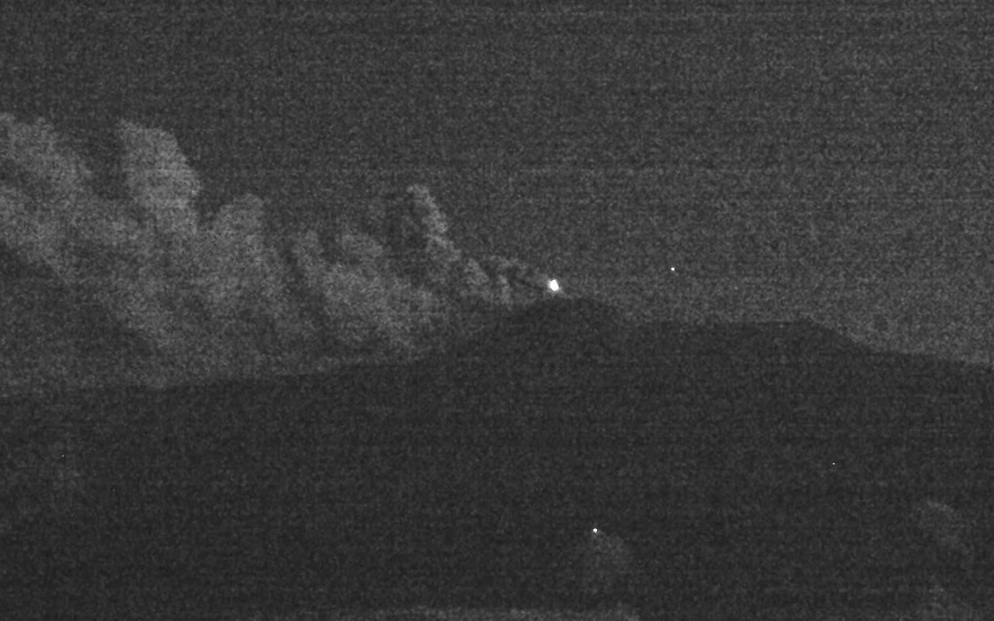Explosive activity at Etna volcano, Aviation Color Code briefly raised to Red, Italy

Strombolian activity increased at Etna's New Southeast Crater at 02:12 UTC on May 22, 2020, forcing authorities to raise the Aviation Color Code to Red.
The explosive activity produced volcanic ash up to 4.5 km (14 800 feet) above sea level, blown by the winds toward the southwest.
According to the Toulouse VAAC, the plume detectable on satellite imagery was mostly composed of water. Most significant volcanic ash was detected in the vicinity of the volcano.
A new explosive eruption was observed at around 07:00 UTC, with explosive activity still observed near the summit as of 07:19 UTC, the center said in it's last VA Advisory, issued 07:29 UTC on May 22.
"Explosive activity is decreasing, with weak ash emissions still ongoing," Etna Volcano Observatory reported at 13:16 UTC on May 22, in its last VONA related to the activity.
Explosive activity also continued at the Voragine crater with periodic ash emissions, which rapidly dispersed in the atmosphere near the summit.
Volcanic tremor amplitude has slightly increased, as compared to May 21, with strong oscillations around medium to high values.
The infrasonic activity has also slightly increased, with its sources mainly located at the New Southeast Crater.
Ground deformation measurements showed no significant variations.
Images below show Strombolian activity and ash emission captured by the surveillance camera at Monte Cagliato (eastern flank) and the ash plume seen from Tremestieri Etneo (southern flank) at sunrise on May 22, 2020.



Credits: INGV-OE
Geological summary
Mount Etna, towering above Catania, Sicily's second-largest city, has one of the world's longest documented records of historical volcanism, dating back to 1500 BCE. Historical lava flows of basaltic composition cover much of the surface of this massive volcano, whose edifice is the highest and most voluminous in Italy.
The Mongibello stratovolcano, truncated by several small calderas, was constructed during the late Pleistocene and Holocene over an older shield volcano. The most prominent morphological feature of Etna is the Valle del Bove, a 5 x 10 km (5.1 x 6.2 miles) horseshoe-shaped caldera open to the east.
Two styles of eruptive activity typically occur at Etna. Persistent explosive eruptions, sometimes with minor lava emissions, take place from one or more of the three prominent summit craters, the Central Crater, NE Crater, and SE Crater (the latter formed in 1978). Flank vents, typically with higher effusion rates, are less frequently active and originate from fissures that open progressively downward from near the summit (usually accompanied by strombolian eruptions at the upper end).
Cinder cones are commonly constructed over the vents of lower-flank lava flows. Lava flows extend to the foot of the volcano on all sides and have reached the sea over a broad area on the SE flank. (GVP)
Featured image credit: INGV

Commenting rules and guidelines
We value the thoughts and opinions of our readers and welcome healthy discussions on our website. In order to maintain a respectful and positive community, we ask that all commenters follow these rules.